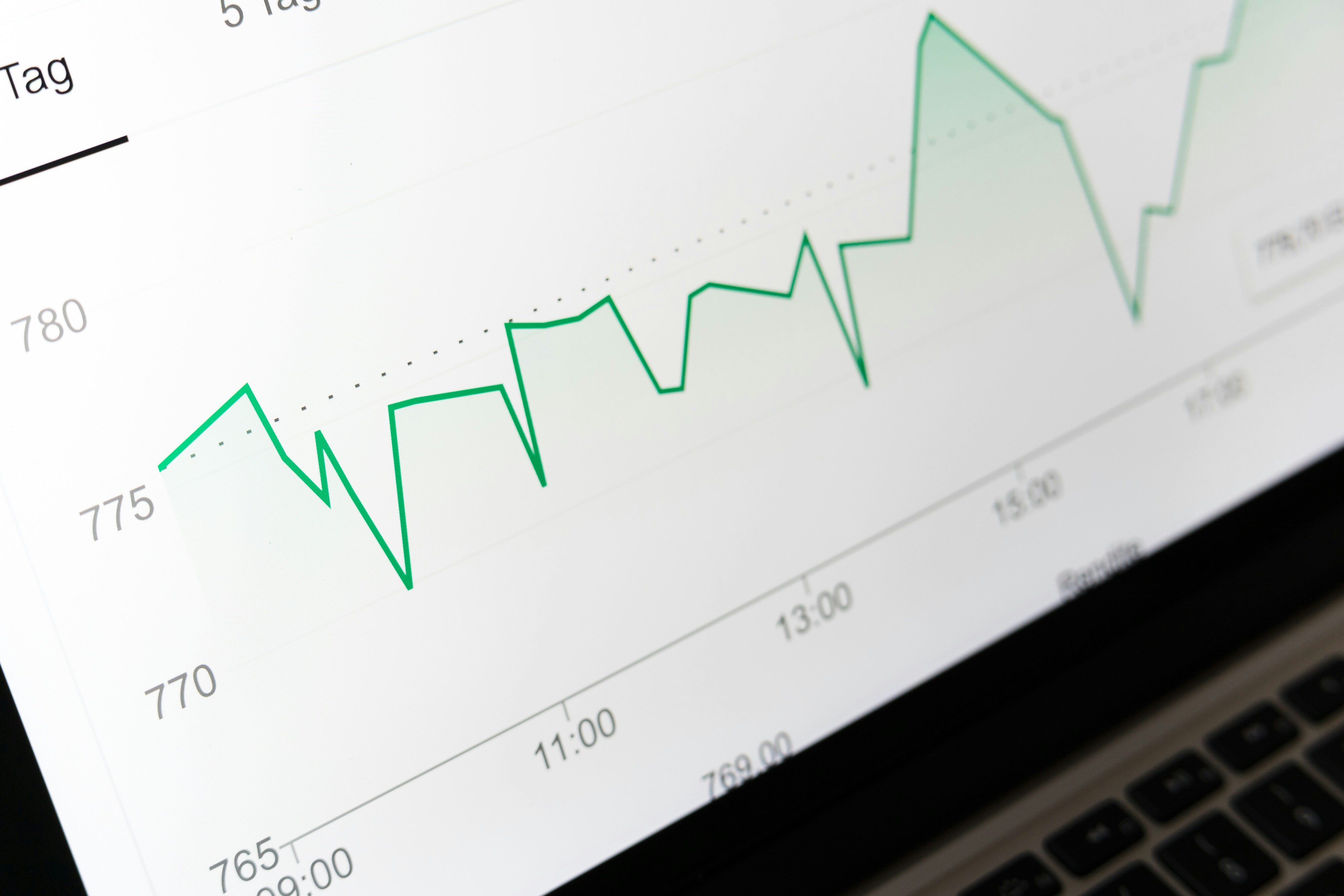Is your building as smart as you think?
Buildings are getting smarter, and AI is said to revolutionize facility management. But even buildings equipped with advanced systems and sensors can hide critical errors. So, how smart is your building really?
By Martin Hummelvoll Bredesen

Photo by Kyrre Sundal
Poor data quality and lack of control can turn so-called smart buildings into costly illusions. Even the most advanced operational systems and building management systems (BMS), backed by thousands of sensors, are only as good as the data they rely on.
When smart goes wrong
It doesn’t matter how powerful a brain is if the neurons sending signals aren’t properly connected. The same principle applies to buildings. To trust the technology, you need reliable data throughout the entire value chain – from the sensor collecting the data to the system processing and applying it.
Errors can happen at any stage, during installation or calibration, in the equipment itself, or in the communication between hardware and software. The more sensors you install, the higher the risk of errors.
🔎 Why do you get incorrect data?
Even advanced monitoring systems provide poor insight if the underlying data isn’t quality assured. The consequence? Facility managers are forced to rely on inaccurate information – often at a high cost.
Smart buildings require smart use of data
Modern buildings are often packed with technology but lack a clear strategy for how to use it effectively. Sensors, meters, and control systems are often installed without proper knowledge transfer to those responsible for operations. The result? Data is either ignored or misinterpreted, and valuable opportunities for energy efficiency – among other benefits – are lost.
For a building to truly be smart, technology must be applied with purpose. That starts with ensuring data quality.
🔎 Read more: New buildings are full of errors
Data control: The key to smart buildings
Data quality is perishable. To ensure your data remains reliable, systematic verification and continuous monitoring of data flow is essential.
– Blindly trusting your data over time is like removing the speedometer and assuming you’re maintaining a steady speed. You need to adjust along the way – and for that, you need something to navigate by.
Anders Diep-Lynne, Head of Business Development at Å Insite
To ensure a reliable data foundation, follow these key steps:
1. Check the setup:
Incorrect installation or calibration can lead to inaccurate measurements. Verify that meters are correctly installed and measuring what you think they are.
2. Update software and hardware:
Technical equipment deteriorates over time, and sensor and meter maintenance is often overlooked. Keep both hardware and software up to date and replace components that no longer function.
3. Monitor data flow:
Errors happen – but the sooner you catch them, the less damage they cause. Continuous data monitoring ensures that errors are detected and fixed before they affect critical decisions.
4. Prioritize relevance:
Large volumes of unstructured data can create confusion rather than insight. By filtering out noise and focusing on the most important data points, you turn information into a powerful decision-making tool.
🔎 Read more: Data without purpose has zero value
Creating a smart building isn’t about installing the most sensors – it’s about collecting the right data and utilizing it. With reliable data, you can make informed decisions and optimize operations efficiently. It all starts with the quality of the foundation you build upon.


